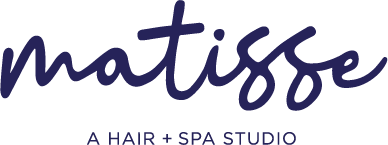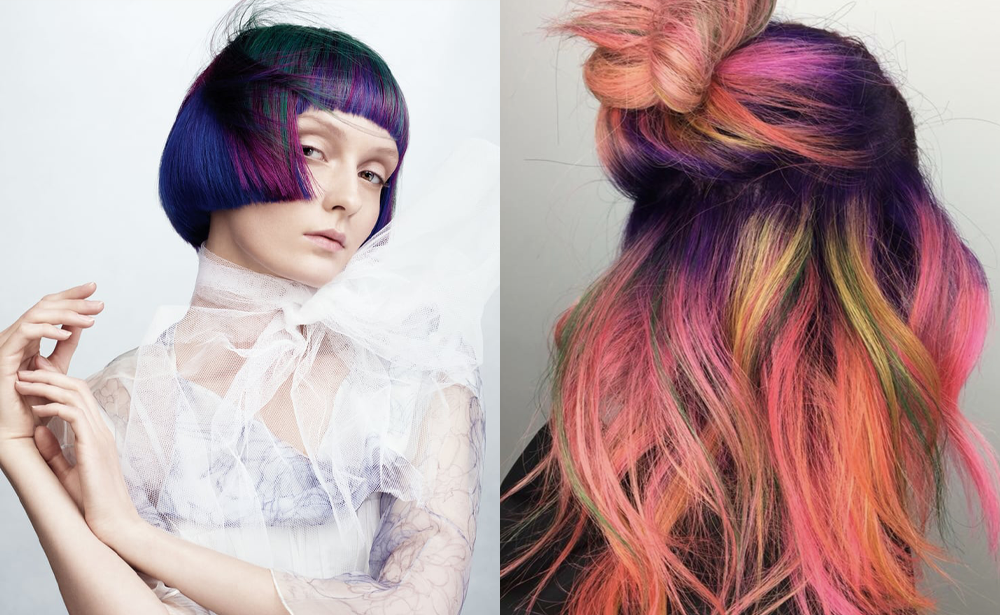Latest in Hair Trends: Color Blocking
Hair trends develop much quicker and easier with the internet constantly at our fingertips. New ones can develop in a blink of an eye and old trends can find new life among the Tiktok videos and Instagram posts. Since the start of 2020, there has been a renewed interest in hair dying in new and interesting patterns. Bold, colorful, patterned hair is having its moment in the sun. While these styles may seem new to a younger generation, for many who remember the early 2000’s these dye jobs seem… familiar. So where does color blocking come from? Where did it start? And what is new about today's patterns?
The history of hair coloring is a long one. Since humans have come into existence we've been adorning our bodies with colors and accessories, and our hair is no exception. The ancient Egyptians used to use henna to cover up grey hairs all the way back in 1500 B.C. Greeks and Romans used a toxic combination of smashed leeches fermented in a lead jar for two months to dye their hair a permanent black dye. Bright and colorful hair can be found in the Germanic and Barbarian tribes in Europe. The Gaul people would dye their hair bright red ash with the wood of beech trees mixed with goat grease. They would be able to achieve such vibrant color by mixing lime juice and water and applying that to the hair. The acidity of the lime and the heat of the sun would strip the hair of its natural pigments. Anglo-Saxons would apply different brightly colored pigments to denote achievements in battle. This all laid the groundwork for our modern hair dye styles.
Colored hair stayed underground for the next couple thousand years, not ever gaining much mainstream popularity, outside of the standard grey coverage. Color blocking would have brief and fleeting moments of popularity, most notably with Lily Munster’s iconic dark hair and stark white streak, that she sported in 1964 on the show, The Munsters. The real renaissance of color blocking came in the 1980s. Bright, brilliant colors were all the rage, and one bright color just wasn't enough. Pop icon Cyndi Lauper reigned queen of hair color, sporting flaming orange hair with thick yellow streaks. Neon-colored highlights spread like wildfire becoming iconic facets of 80s pop culture and fashion. The 90s brought us chunky blonde highlights, as many of our readers surely remember. Scene and emo teens of the early 2000s sported bright, teased hairstyles, accessorized with black and white striped extensions, called “raccoon tails”.
Todays color blocked hair takes inspiration from past styles and injects them with new life. Colorful hairstyles make up TikTok and Instagram’s For You pages. Money pieces, split dye, multicolor highlights and under painting are all the rage. Why pick one awesome color when you can have all the colors on your head?

